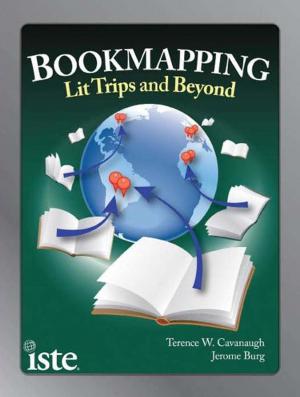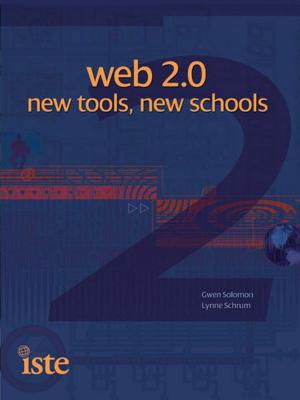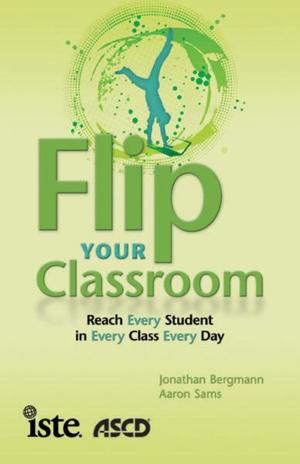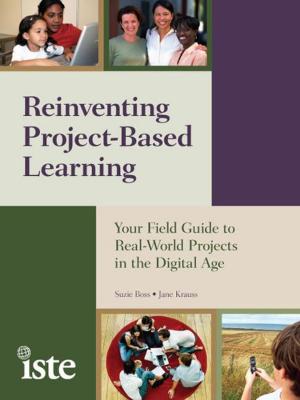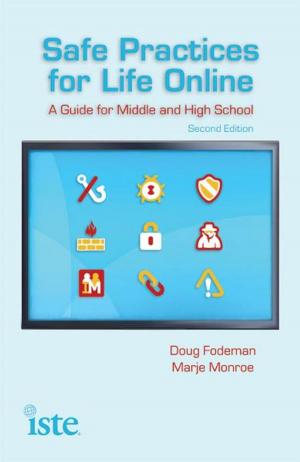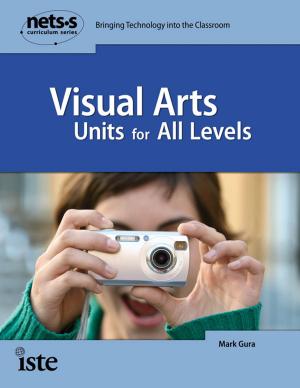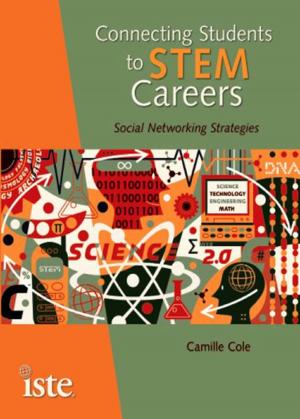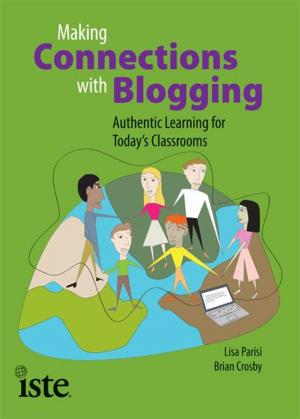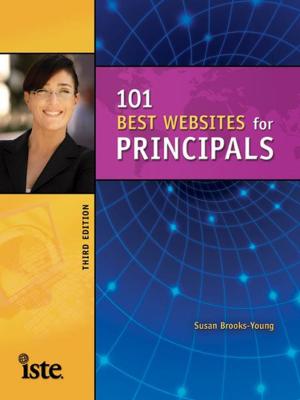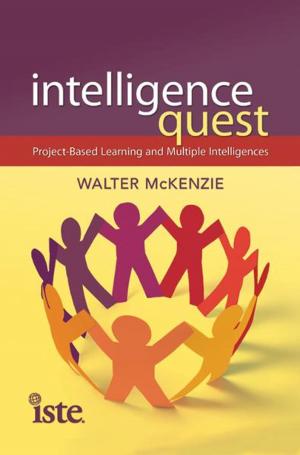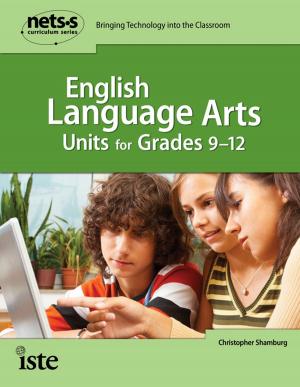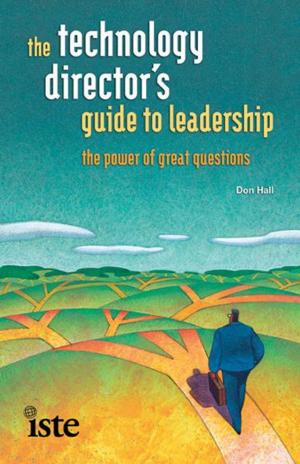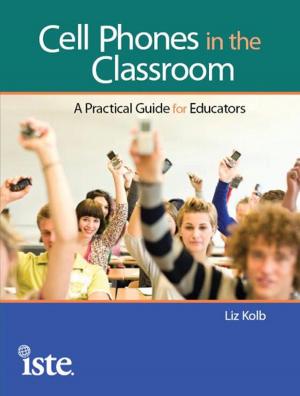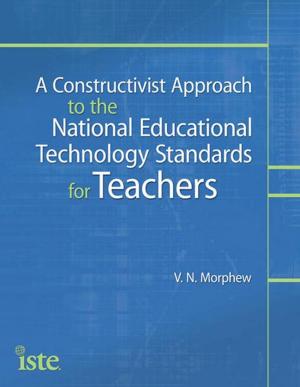Web 2.0 How-To for Educators
Nonfiction, Reference & Language, Education & Teaching, Teaching, Computers & Technology| Author: | Gwen Solomon, Lynne Schrum | ISBN: | 9781564844187 |
| Publisher: | International Society for Technology in Education (ISTE) | Publication: | October 21, 2010 |
| Imprint: | Language: | English |
| Author: | Gwen Solomon, Lynne Schrum |
| ISBN: | 9781564844187 |
| Publisher: | International Society for Technology in Education (ISTE) |
| Publication: | October 21, 2010 |
| Imprint: | |
| Language: | English |
Web 2.0, the second generation of the World Wide Web, allows us to connect, create, collaborate, and share information. When we bring Web 2.0 tools into the classroom, we transform learning. By applying these tools thoughtfully, we see a shift in student engagement, creativity, and higher order learning skills. In this companion book, the authors of the best-selling Web 2.0: New Tools, New Schools introduce you to more Web 2.0 tools and expertly lead you through classroom and professional applications that help improve student and teacher learning.Web 2.0 How-To for Educators explores the very best online collaborative tools available today (including blogs, wikis, and social networking) and Web 2.0 applications (Skype, Google Earth, Wordle, and more) that make a difference in education. Using a simple formula for each concept, the book describes what the tool is, when teachers should use it, why it is useful, who is using it, how you can use the tool, and where you can find additional resources. Practical examples from educators around the world offer an abundance of ideas, and the recommendations for further information and comprehensive lists of Web 2.0 tools and applications will be valuable resources as you integrate Web 2.0 technology in your classroom.
Web 2.0, the second generation of the World Wide Web, allows us to connect, create, collaborate, and share information. When we bring Web 2.0 tools into the classroom, we transform learning. By applying these tools thoughtfully, we see a shift in student engagement, creativity, and higher order learning skills. In this companion book, the authors of the best-selling Web 2.0: New Tools, New Schools introduce you to more Web 2.0 tools and expertly lead you through classroom and professional applications that help improve student and teacher learning.Web 2.0 How-To for Educators explores the very best online collaborative tools available today (including blogs, wikis, and social networking) and Web 2.0 applications (Skype, Google Earth, Wordle, and more) that make a difference in education. Using a simple formula for each concept, the book describes what the tool is, when teachers should use it, why it is useful, who is using it, how you can use the tool, and where you can find additional resources. Practical examples from educators around the world offer an abundance of ideas, and the recommendations for further information and comprehensive lists of Web 2.0 tools and applications will be valuable resources as you integrate Web 2.0 technology in your classroom.

